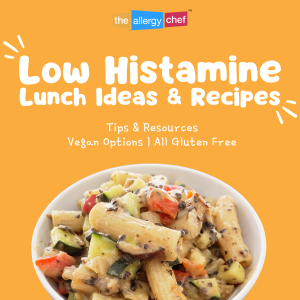If you’re new to the low histamine diet, you may be struggling with meal ideas, especially low histamine lunch ideas. The great news is that you’ll still be able to enjoy good grub on a low histamine diet, and I’ll be sharing a range of different foods that make for excellent lunches.
What is a Low Histamine Diet?
A low histamine diet is one that is made up of low-histamine foods. Now, what does that really mean? There’s histamine content in al of the food that you eat. However, when someone has a histamine intolerance, the breakdown of histamine doesn’t happen properly and this creates food allergy-like response to food. A low histamine diet removes foods that are high in histamine or are histamine liberators (more on this further down).
If you’re new to all of this, Mind Body Green has a great (long) intro on histamine intolerance and what you need to know about a low-histamine diet.
The Importance of Fresh Foods
Fresh meat, for example, is very important if you’re following a low-histamine diet. As meat ages, there’s a natural release of histamine, and that can cause symptoms. The same is true of leftover cooked meat, that at it ages, the amount of histamine increases. The great news is that freezing your leftovers is the perfect way to avoid this issue.
It’s so important that you have the right containers on hand. In these situations, I can’t suggest enough having individual portion style containers that are freezer friendly. This allows you to only thaw what you need, and prevent your cooked foods from further histamine-based aging.
It’s important to remember, no two people are the same. People who follow a low-histamine diet each have personal histamine tolerance levels. To better understand your personal limits, keep a food journal/food diary for at least the first two months of your new diet. The journal should include food, stress levels, restroom, sleep cycle, any symptoms, and other details your medical team may benefit from knowing.
As you go about avoiding high-histamine foods, your overall histamine load should decline and you should start to see a reduction of the symptoms of histamine intolerance. However, if you’re not feeling any symptom relief (or very little relief), absolutely follow up with your health care provider. There could be an additional underlying condition that needs to be addressed.
Common High Histamine Ingredients to Avoid
Whilst this is not an exhaustive list, here are some common high histamine foods you’ll want to avoid if you don’t have histamine tolerance. RAISE has a lot more recipes and resources on the topic. I will warn you, as you look online for more information, you’re going to find a lot of conflicting information. Sift through it all, and make a plan that makes sense to you and your medical team. Not all foods will work for everyone.
As you prepare to make foods at home, you’ll also want to avoid pre-made spice blends and make your own blend at home. This is because there are a range of ingredients, common to spice ingredients, that you won’t be able to eat on a low histamine diet.
- Cured Meats (such as salami, deli ham, dried meats, ham, lunchmeat, etc.)
- Preserved vegetables (pickles, olives, etc.)
- Tomato
- Eggplant
- Mushroom
- Hard/Aged Cheeses
- Shellfish
- Nuts
- Avocado
- Lemon Juice & Citrus Fruits
Common Histamine Liberators to Avoid
Also not an exhaustive list, but this will give you an idea of what some common histamine liberators are. Histamine liberators are foods that aren’t naturally high-histamine ingredients, but can trigger the release of histamine from your immune system.
- Alcohol
- Artificial Dyes
- Banana
- Fish
- Chocolate
- Pineapple
- Strawberries
Common Low-Histamine Ingredients to Enjoy
Again, not an exhaustive list, but here are some delicious ideas to get you started.
- Apples (great for making apple muffins which you can freeze)
- Blackberries
- Carrot
- Celery
- Chia Seeds (great for making chia pudding)
- Lettuce
- Peach
- Pumpkin Seeds
- Sweet Potato
- Zucchini
Low Histamine Fruits (Great for Snacking)
Here’s a non-exhaustive low histamine food list that’s fruit focused. Personally, I’m a huge fan of main item + fresh produce for lunch. Based on your individual needs, rotate through fruits like these to keep your meals interesting.
- Apple
- Apricot
- Blackberry
- Cranberry
- Dates
- Dragon Fruit
- Grapes
- Lychee (you can find this in Asian markets and some natural/organic type grocery stores)
- Nectarine
- Persimmon
Low Histamine Vegetables (Fantastic for Dipping)
If you’re concerned about your daily vegetable intake, I suggest including fresh vegetables with a homemade dip in your lunch. Here’s a non-exhaustive low histamine foods list that’s vegetable focused:
- Artichoke
- Asparagus
- Beets (if you steam them, they have the feel of a butter potato)
- Broccoli
- Cabbage
- Carrot
- Cauliflower
- Celery
- Cucumber
- Lettuce
- Radish
- Squashes
- Zucchini
Meal Prep Tips
When managing any kind of restrictive diet or food allergies, I can’t stress enough the importance of creating a good/reasonable meal plan and preparing food in advance. In fact, this task will play a significant role in how successful you are at sticking to the diet, as well as how stressful you find your new lifestyle.
My top meal-prep tip: batch cook and freeze. Here’s the thing, no one wants to cook meals several times a day, every single day. You’ll probably need to make your food at home to ensure it has a lower histamine content compared to what’s commercially available. Each time you find a new recipe you love, set aside time to make a double or triple batch so you can freeze the leftovers. However, be sure the recipe is freezer friendly before investing your time, energy, and money. The Advanced Recipe Search on RAISE will allow you to select both low histamine and freezer friendly recipes. Be sure to take it for a spin.
When freezing leftovers, purchase containers that hold what you consider an individual portion. Freezing leftovers in small amounts will allow you to pull out only what you need, and not have to worry about refreezing leftovers (which can cause a decline in quality with some foods). One of the best ways to save your future self time with this endeavor is to use disposable containers when freezing. It means in the future, you’ll have less dishes to do.
Make sure you also have the right tools and appliances to get the jobs done. If you’re new to cooking, don’t rush to outfit your kitchen. Make several recipes and then determine which appliances/tools could make your life significantly easier. Tools and appliances can be costly, so be sure to prioritize items for recipes you make frequently.
Low Histamine Recipes That Taste Great Cold for Lunch
Let’s face it, you won’t always have the ability to heat up your lunch. For those of you who need great cold lunches, here are some delicious options.
- Bison Cinnamon Meatballs
- Carrot & Turkey Ragu
- Simple Pressure Cooker Pork (pair this with a range of homemade low histamine sauces)
- Taco Seasoned Meat + Sides (here’s a great gluten free tortilla recipe if you need one)
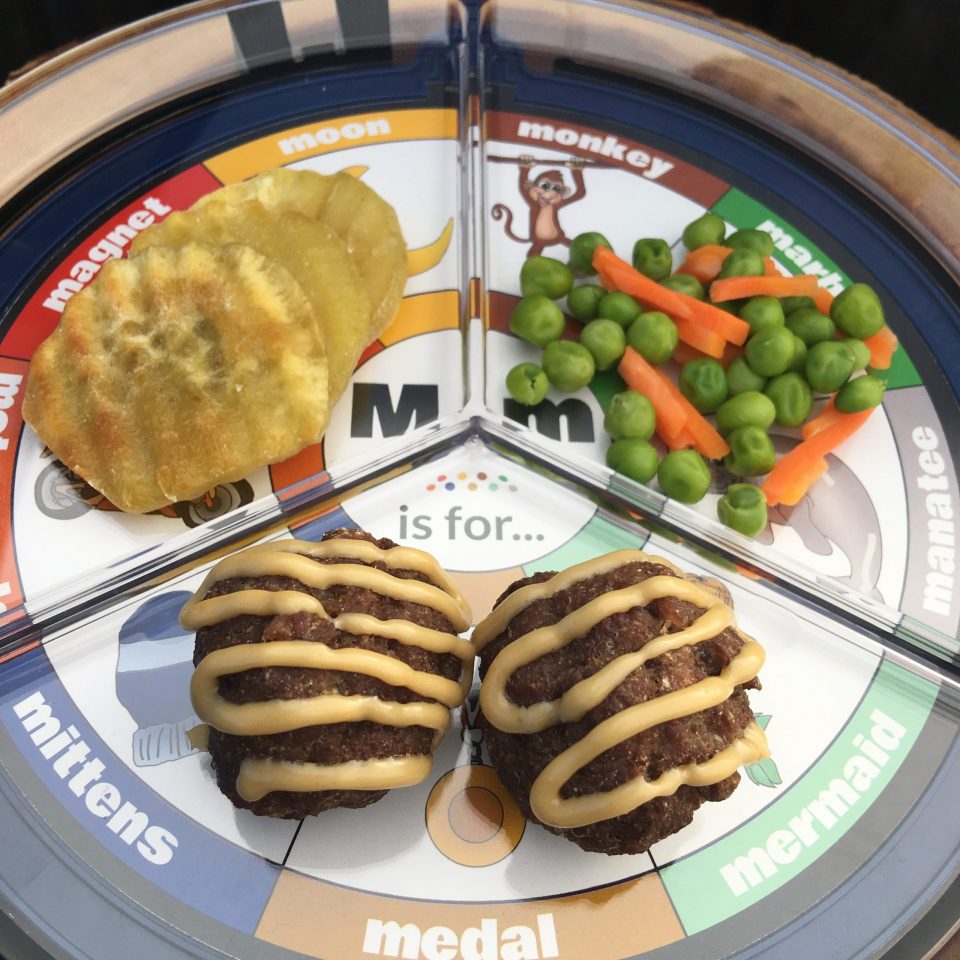 |
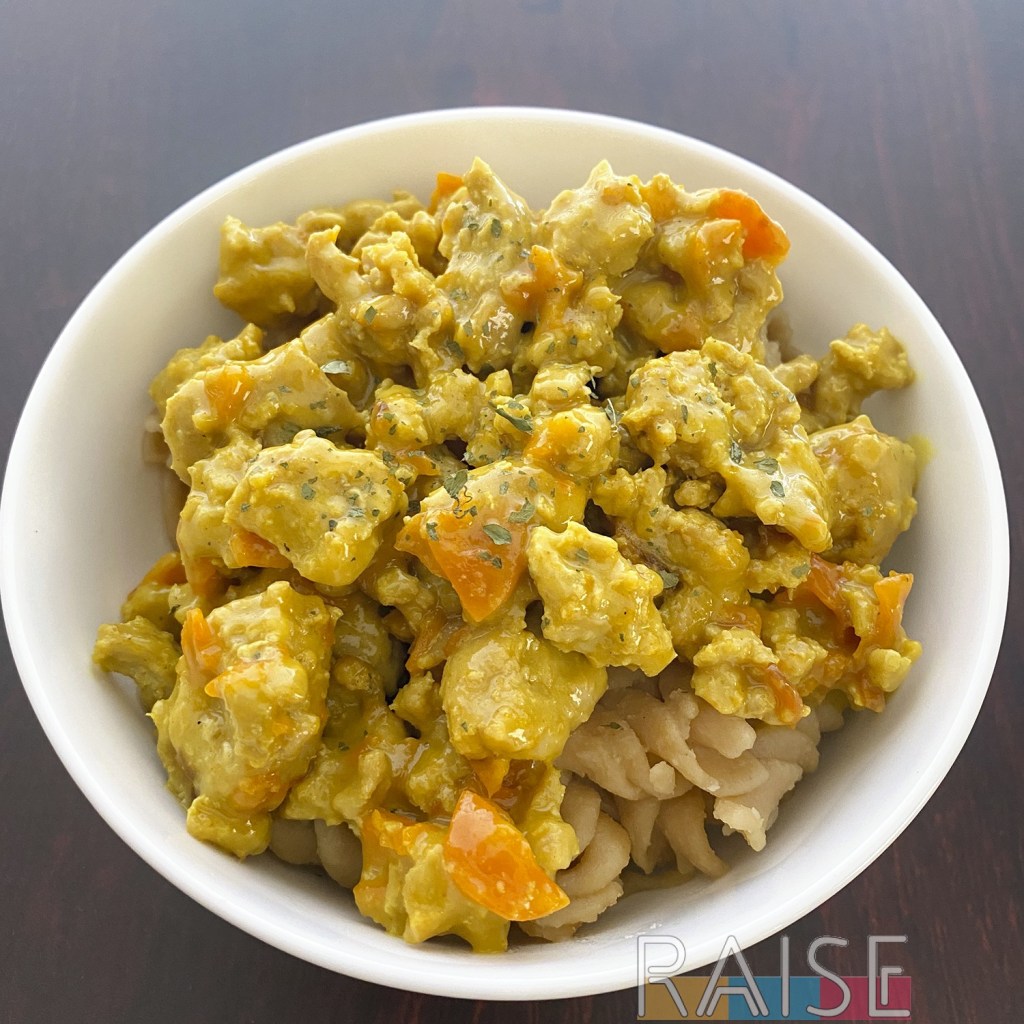 |
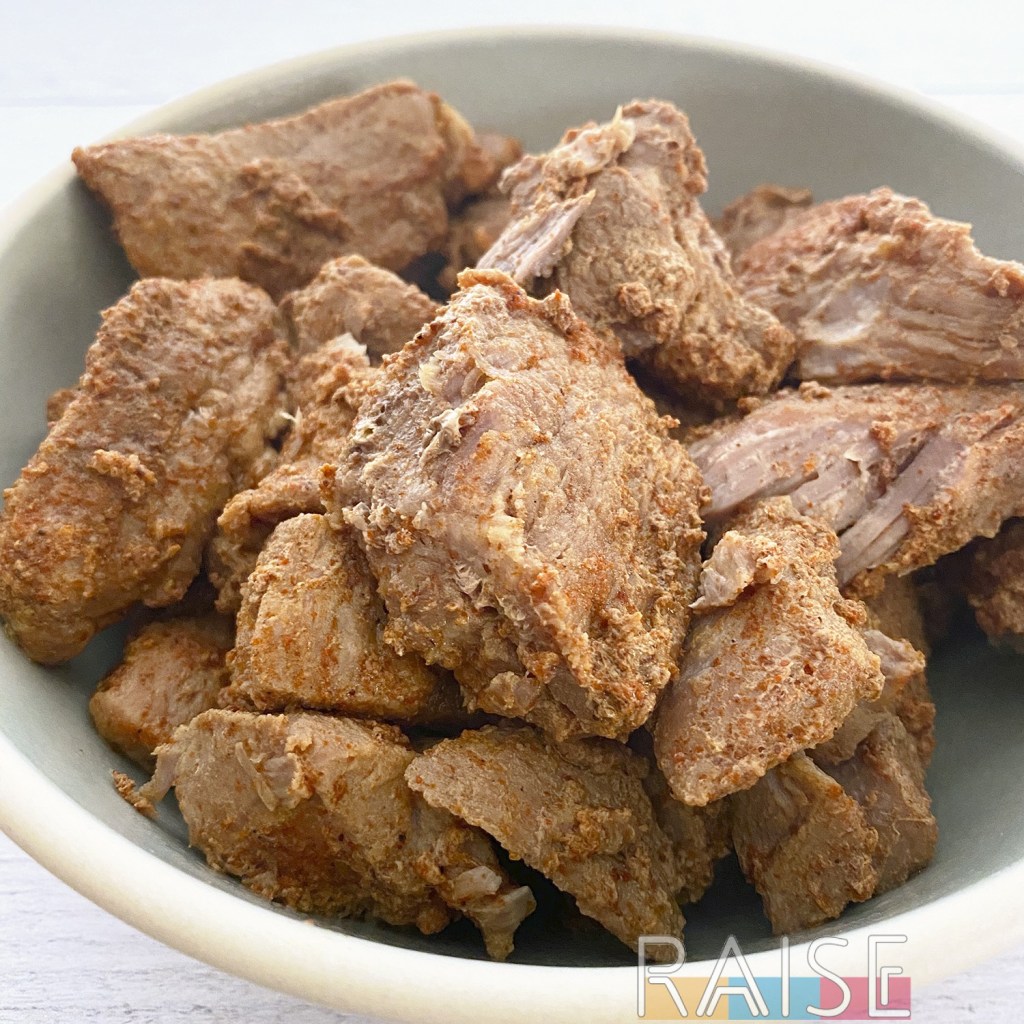 |
 |
Easy Low Histamine Lunch Recipes
These recipes are incredibly easy to make. If you’re in a rush or simply don’t have much energy, this is a great starting place.
 |
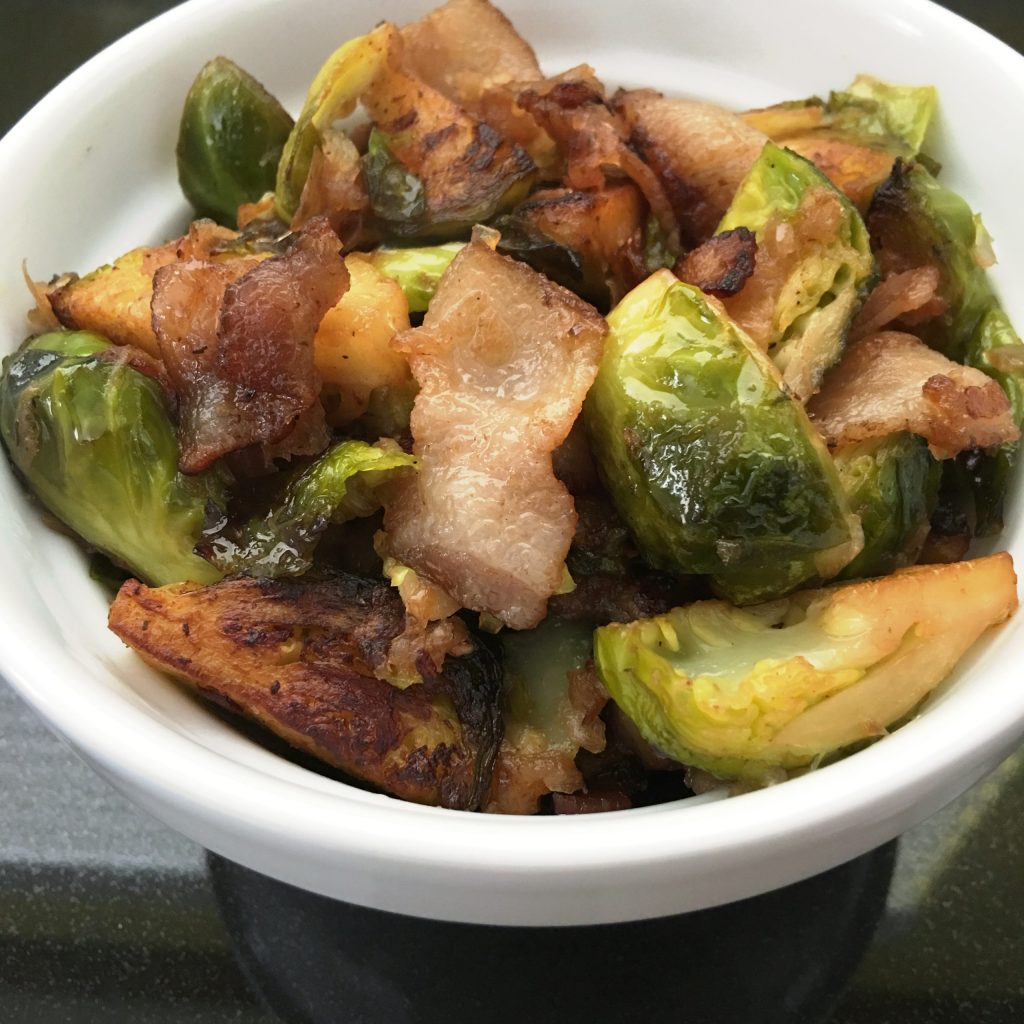 |
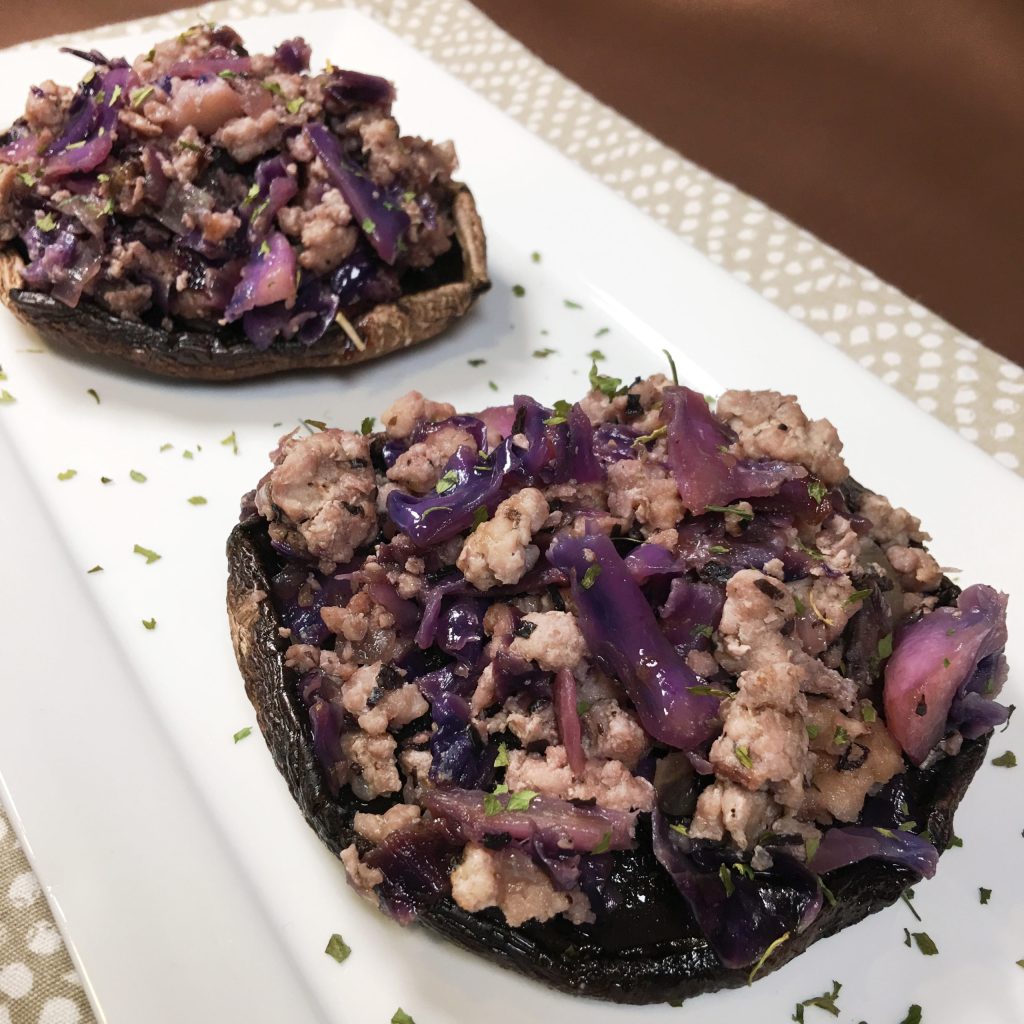 |
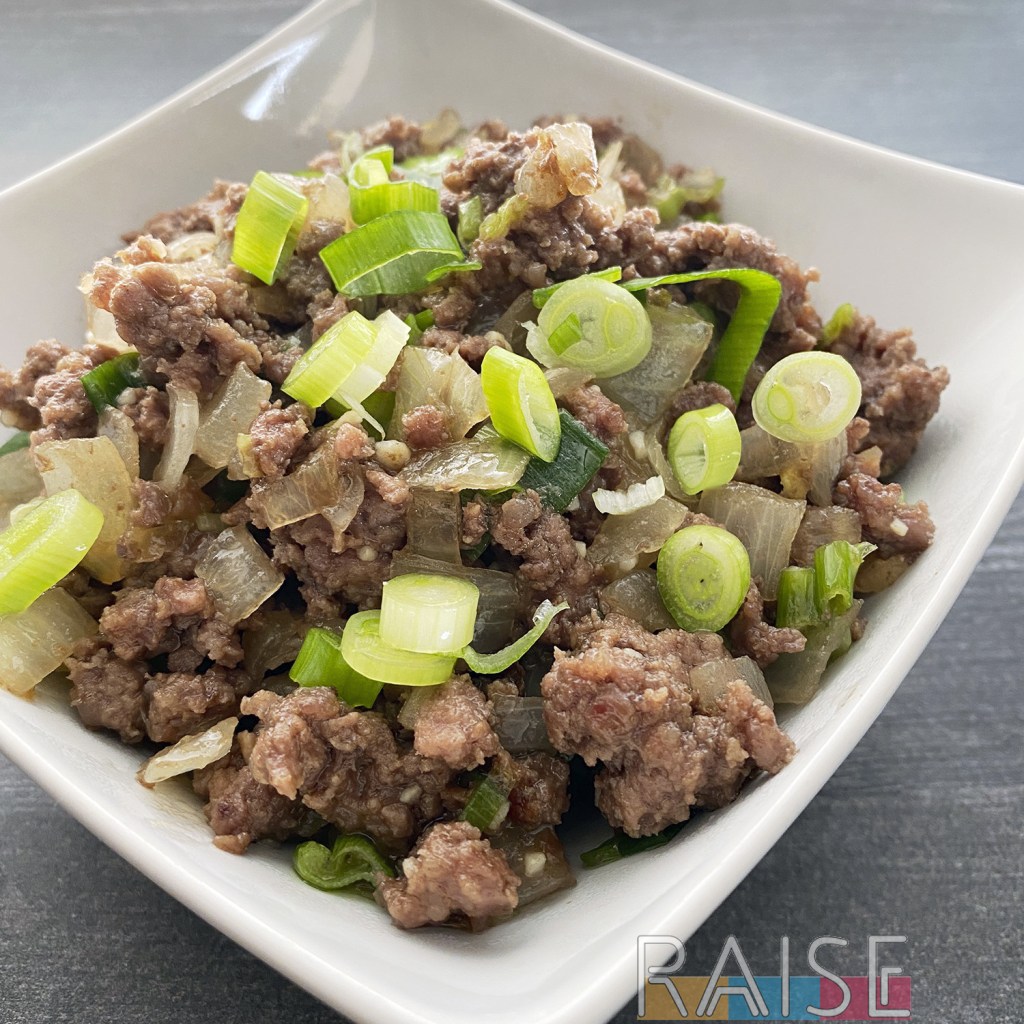 |
Plant-Based Low Histamine Lunch Recipes
If you’re looking for good food that’s meat free and still low histamine, here are few delicious options.
- Sweet Vegetables & Quinoa
- Faux Pulled Pork (carrot based)
- Easy Carrot & Parsnip Soup
- Mayo Free Pasta Salad
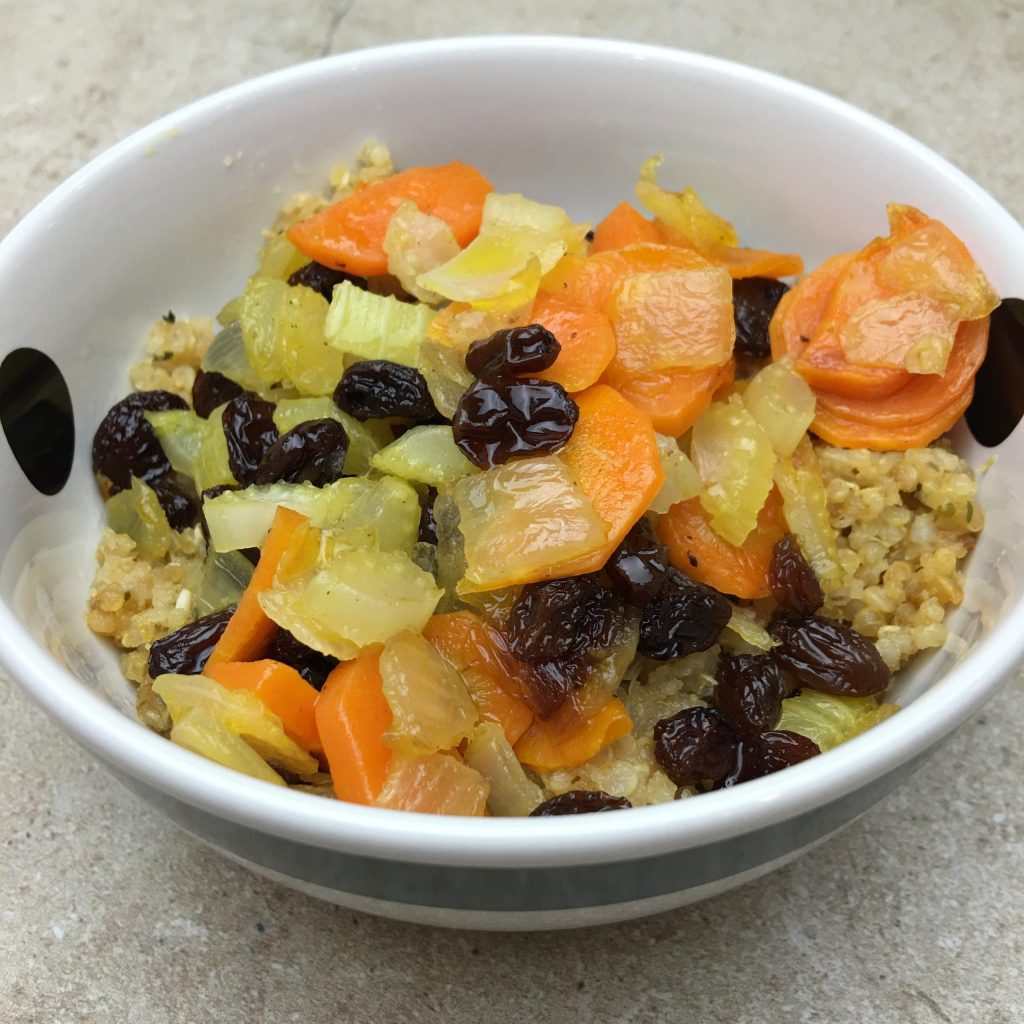 |
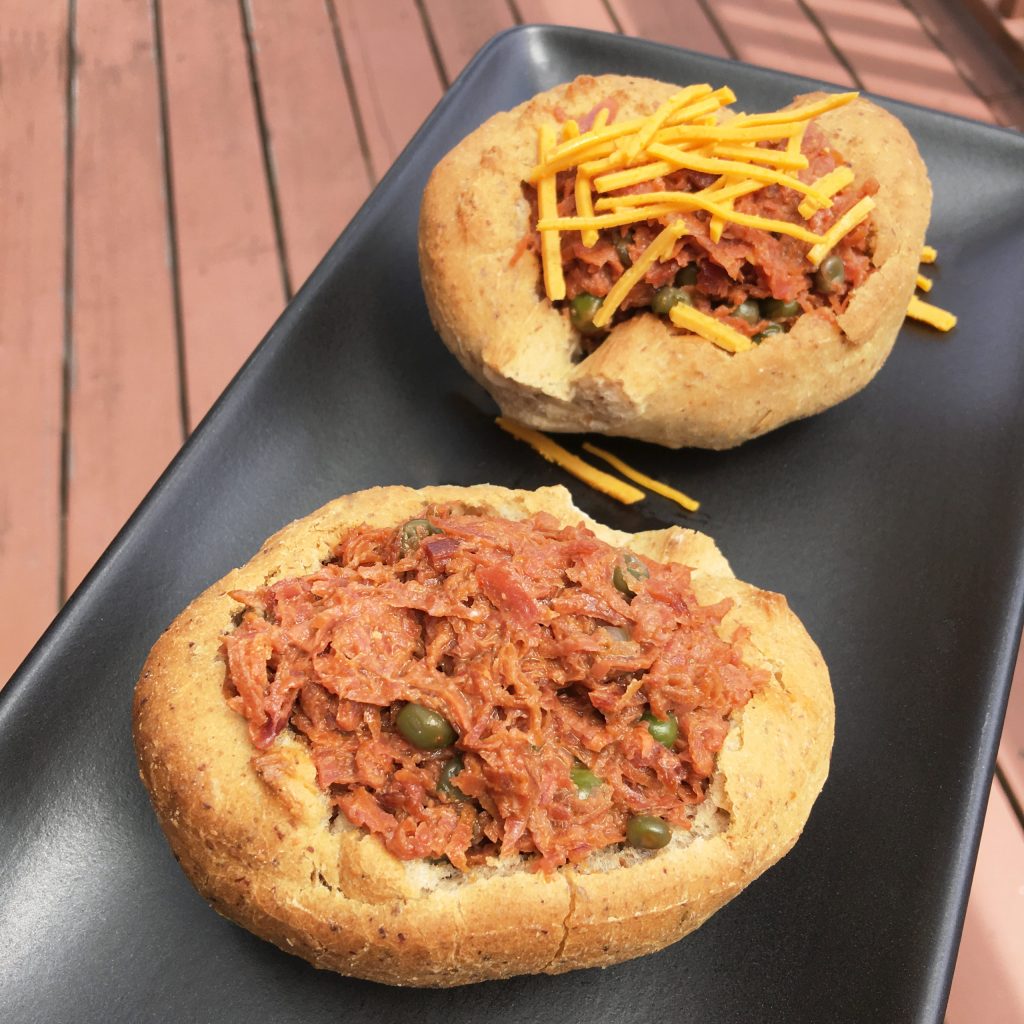 |
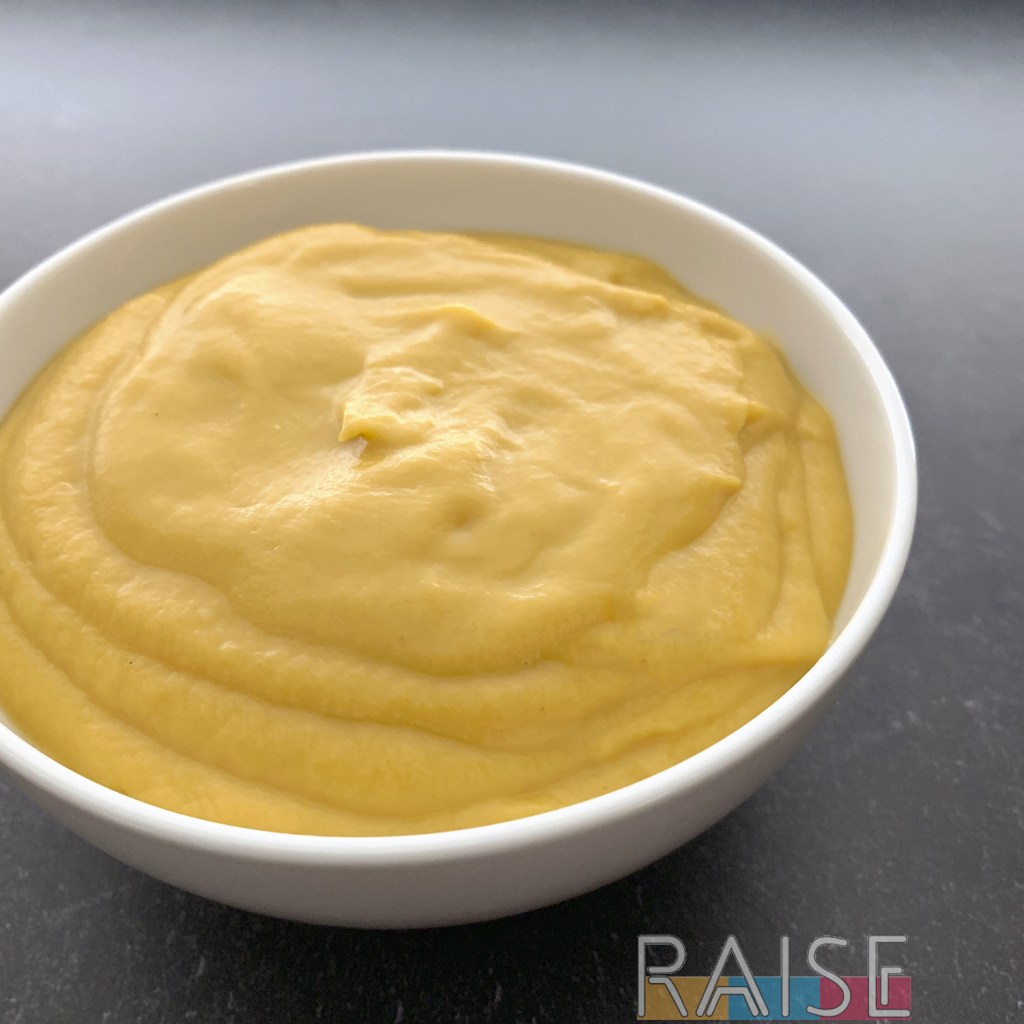 |
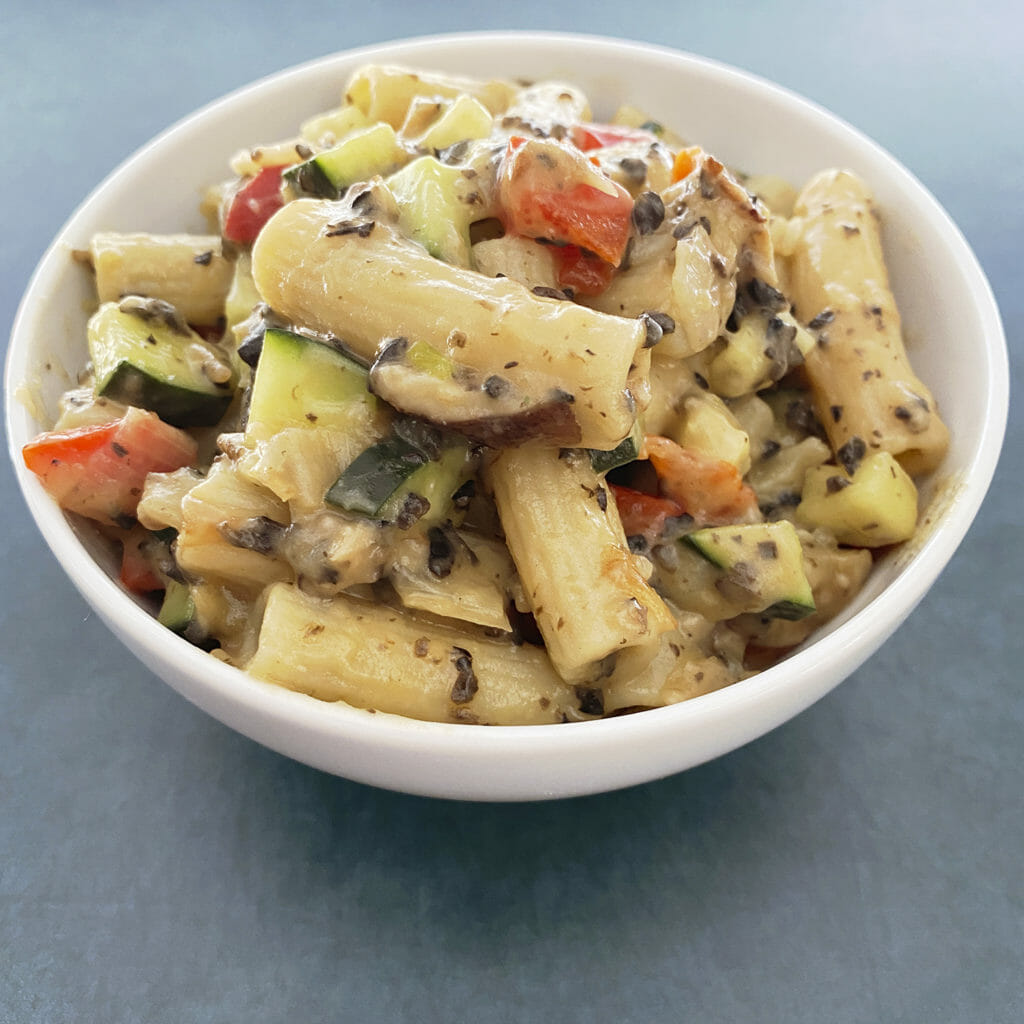 |
Amazing Hot Lunches That are Low Histamine
If you have the time to make yourself a fresh hot lunch, these are four delicious options. Additionally, you can look into purchasing an electric heated lunch box to keep food hot.
- Carrots & Cauliflower Cookup
- Creamy Dairy Free Kale Pasta
- Peaches & Pork (great base to serve with a range of different carbs you enjoy)
- Fried Pork Strips
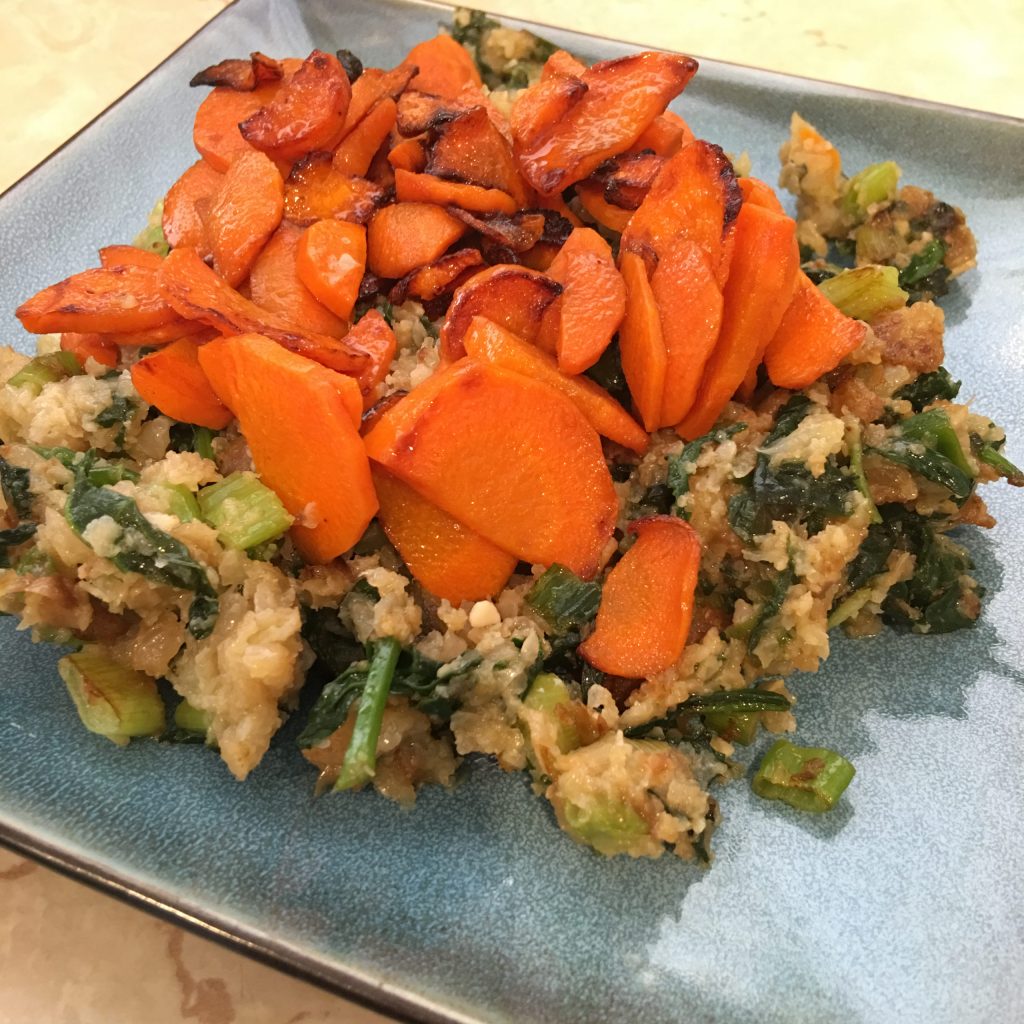 |
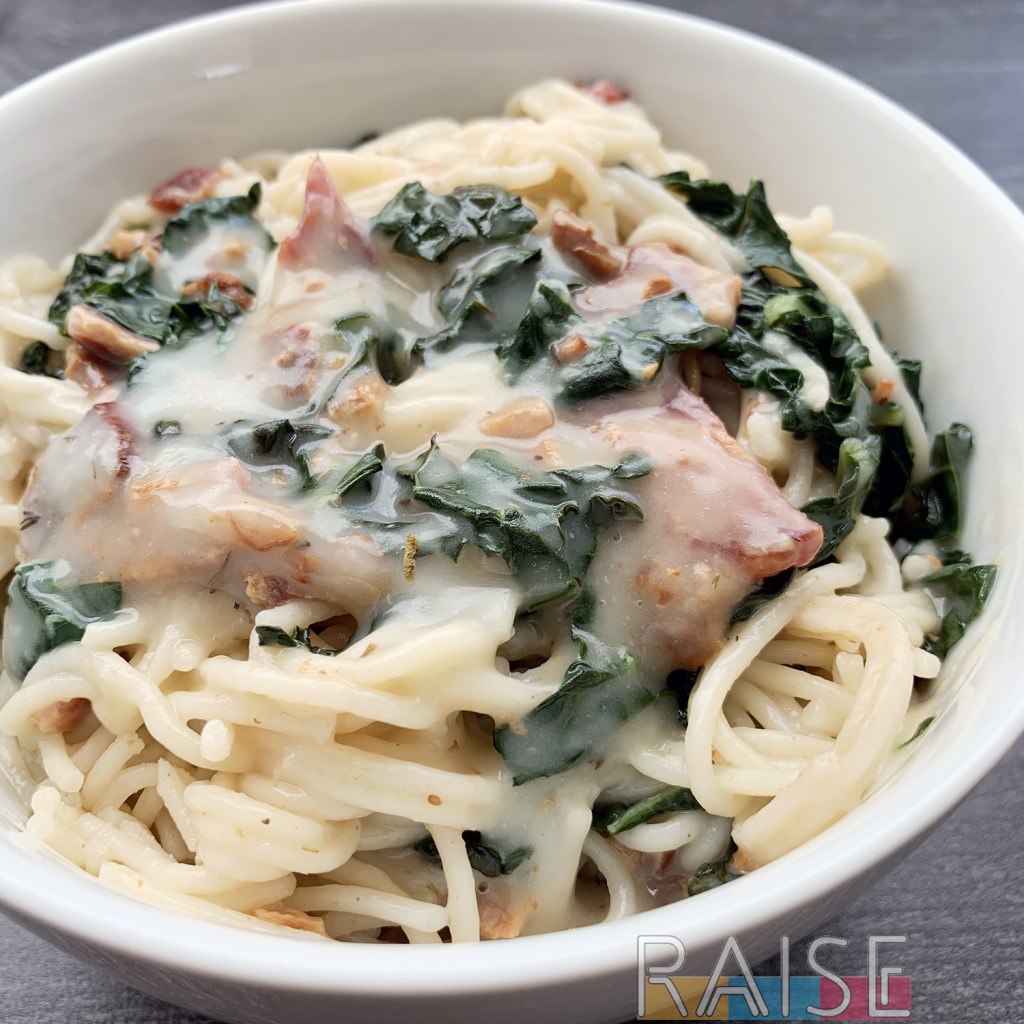 |
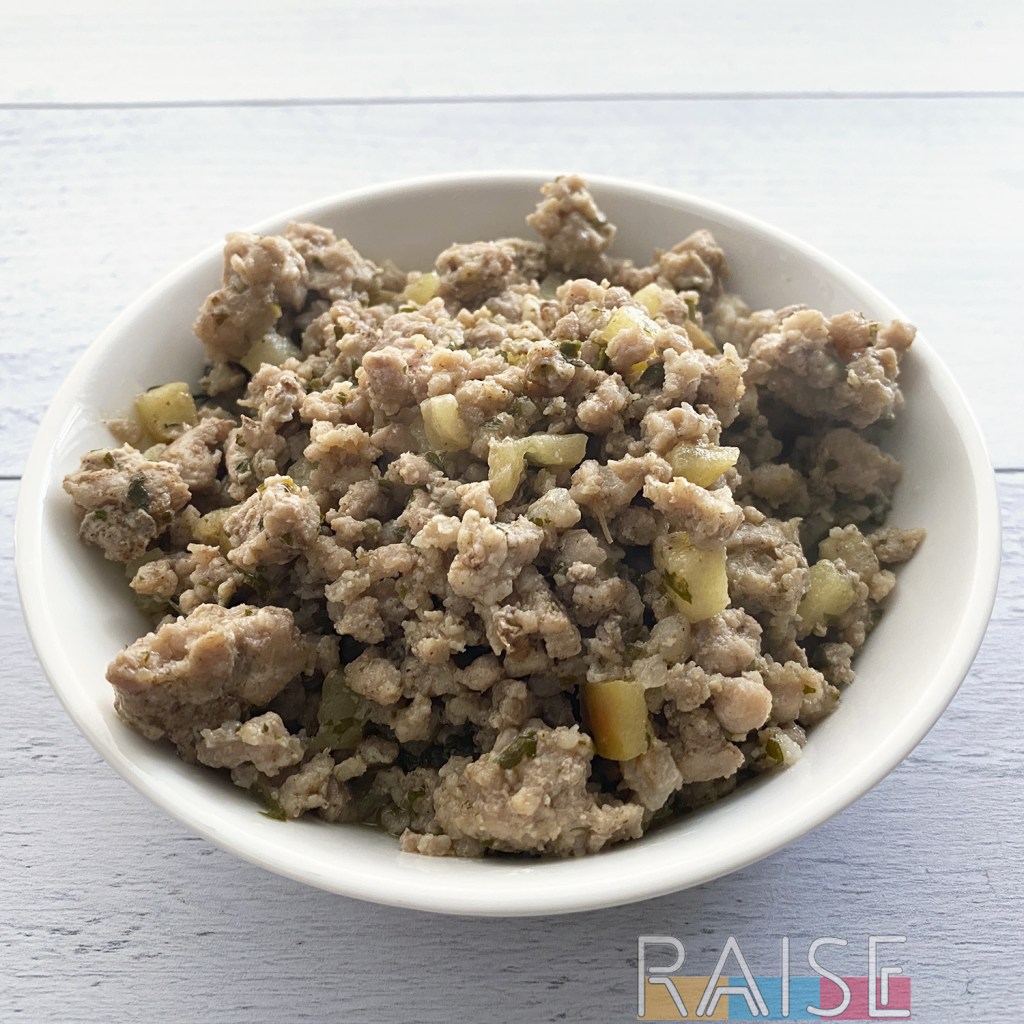 |
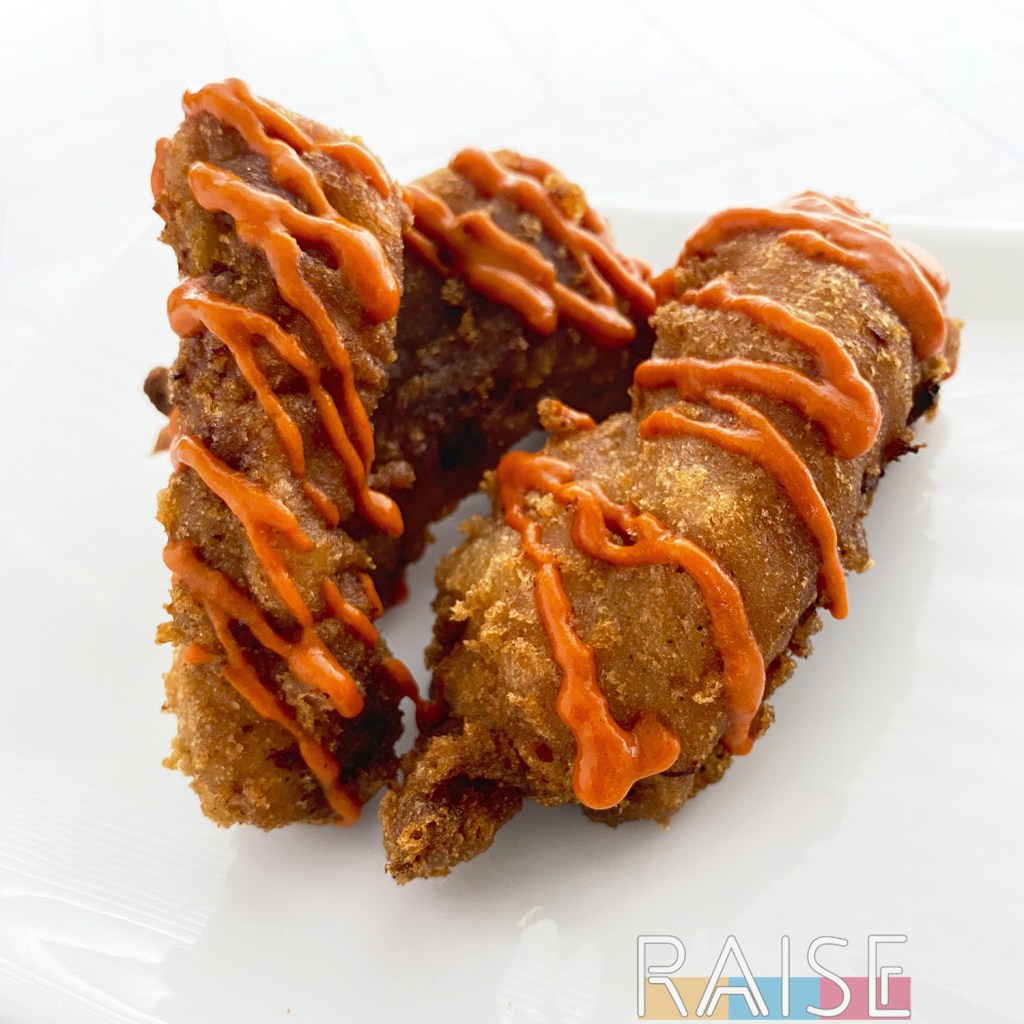 |
Answering Your Low Histamine Questions
If I’m following a low histamine diet, can I still use my air fryer?
Great question! Yes, you can still use your air fryer. In fact, you can stick to the cooking methods you’re familiar with and enjoy. The key is making sure that leftover foods are frozen to prevent further histamine development. Whilst individual tolerance varies, this is a general rule of thumb that most people following a low histamine diet stick to.
If you’re a fan of fermenting foods, that’s one method you’ll have to give up, as fermented foods are not low histamine.
Is an Elimination Diet Necessary?
There are several health conditions that benefit from an elimination diet. There’s a lot of reason behind it, so I’ll try to be brief and sum it up for you. In some people, the immune response can be off the charts, and some of their responses look like allergic reactions. The responses can also look like food intolerances. Often times, allergy testing in these patients is inconclusive, and the “easiest” way to find out what may be wrong is to start the patient on an elimination diet.
The thing is, there are lots of different types of elimination diets, and your medical team will help you determine what your diet should look like.
In the case of someone with mast cell activation syndrome, as an example, the excess histamine is one of the root causes of all of the symptoms. Their elimination diet will probably be a four day food rotation in combination with eliminating histamine-rich foods. Their goal would be to have lower histamine levels, along with symptom relief. If they respond positively to the diet, their doctor(s) will continue to advise them on which foods to eliminate etc. to continue to see results.
If we were to look at someone who has a case of Celiac Disease that isn’t improving on a gluten free diet, their doctor may have them do an elimination diet based on FODMAPs. This isn’t uncommon with those who are gluten free, especially if digestive issues aren’t clearing up after following a strict gluten free diet for many months.
I say all of that to say this: sometimes an elimination diet is necessary. It really depends on the individual case. What I can tell you is this: research, research, research. You are your own best advocate, and it’s important that you understand what’s going on with your body. We live in a country with medical freedom, so you can request a test, refuse a treatment, and so on. However, if you don’t know what’s going on and the underlying mechanics, it will be a lot harder for you to advocate for yourself.

